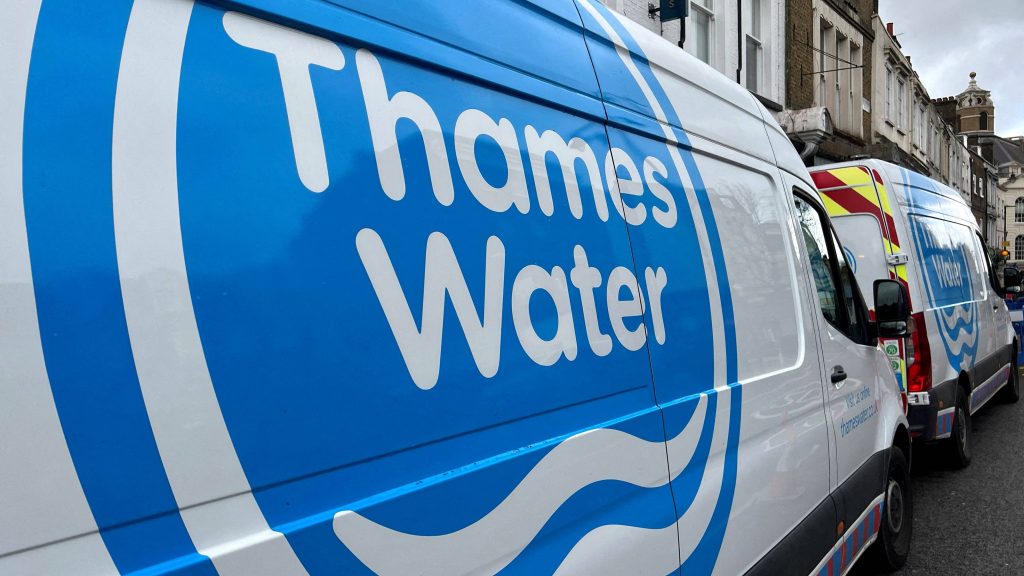UK’s Under-Fire Water Industry Braced For Regulatory Showdown

Britain’s under-fire water companies are braced for a reckoning when the industry’s regulator on Thursday sets out the level of bill increases they will be permitted, amid public outrage over rising costs and worsening pollution.
The trade-off between price hikes, investment and the environment will test the country’s new Labour government, and will illustrate the challenges of managing the privatised water industry, particularly as Thames Water- the biggest supplier – teeters on the brink of collapse.
Water companies have routinely released sewage into rivers and seas, which have made Britain’s waters increasingly dirty in the last five years, putting the regulator, Ofwat, under intense pressure to act.
It will publish its initial decision on how much the dozen or so water companies can charge customers for the 2025-2030 period before a final decision in December.
Ofwat said Thames has asked for a 44% increase in bills over the period, excluding inflation, while other providers have sought varying amounts, from Southern Water’s 73% hike to Severn Trent’s 36% rise and United Utilities’ 25% rise.
The companies say the bill hikes are needed to upgrade ageing pipe networks and help accommodate a growing UK population, and say more frequent droughts and storms have helped cause sewage spills.
But critics of the industry, privatised in 1989, argue that the companies have under-invested for decades while taking out billions of pounds in dividends for shareholders and paying large bonuses to executives.
“We want the water bill payer protected and for essential infrastructure funding to come from investors and lenders who have, until now, profited from pollution,” James Wallace, CEO of environmental group River Action UK, said in an emailed response to a Reuters request for comment.
TOUGH LINE
While the government might publicly want the regulator to take a tough line on the water companies, it also needs investors onside as newly elected Prime Minister Keir Starmer seeks tens of billions of pounds of private investment to upgrade infrastructure and revive Britain’s economic growth.
The new government is setting up a National Wealth Fund which wants to attract private investment, to the tune of three pounds of private money for every pound from public funds, for clean energy and other projects.
Thames Water, which supplies a quarter of Britain’s population, has a 15 billion pound ($19 billion) debt pile and is at risk of collapse next year unless it can convince reluctant shareholders, bond investors plus new investors to stump up more cash.
“Thames is a high profile asset and if Thames isn’t dealt with carefully then that could influence investor sentiment,” said Nalaka De Silva, head of private market solutions at fund manager abrdn.
“What they need to do is basically convey a message that the policy and regulatory environment is stable.”
A Thames collapse could spook investors in the water sector as well as further afield in regulated sectors like energy where Britain also needs investment.
In 2019, Ofwat agreed a plan for average water bills to fall by 12% before inflation over the five years.
But since then, both inflation and interest rates have jumped, making price rises in the next period all but inevitable to allow investors to make returns.
A number of major international funds have already sold out of Thames bonds in recent months, filings data shows, after its parent company Kemble Water defaulted in April amid a standoff with shareholders over providing more equity.
Some investors blame Ofwat for allowing the crisis at Thames to develop.
“It completely degrades the whole system of regulation,” said one major investor who asked to remain anonymous having recently sold out of Thames. “It has left a very sour taste”.
(Reporting by Sarah Young and Marc Jones; Editing by David Holmes)




